
Calathea crotalifera orange rattle - Plant
(MRP Inclusive of all taxes)
- Shipping ₹79 for entire order
- Dispatch in 7 days
- Country of origin: India

(MRP Inclusive of all taxes)

 Save 17%
Save 17%
Calathea ornata Pinstripe - Pink Stripes Plant The Calathea ornata, commonly known as the Pinstripe Plant, is a stunning tropical housepla...
View full details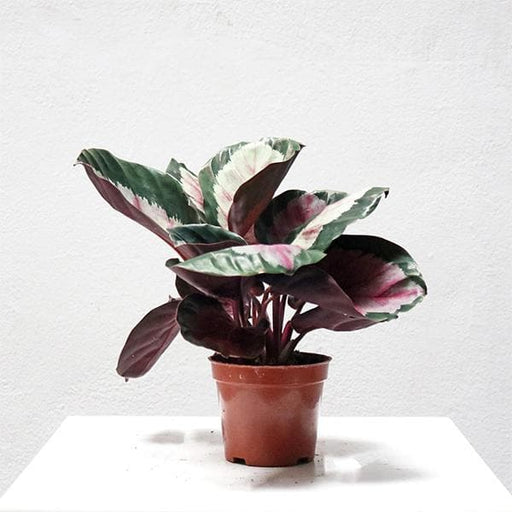 Save 14%
Save 14%
Calathea Corona - Plant The Calathea Corona, a stunning member of the Marantaceae family, is renowned for its striking foliage and unique ...
View full details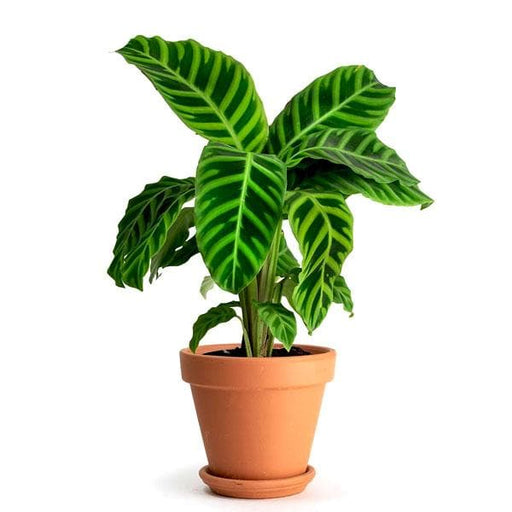 Sold out
Sold out
Calathea Zebrina - The Striped Wonder Plant The Calathea zebrina, commonly known as the Zebra Plant, is a stunning tropical houseplant cel...
View full details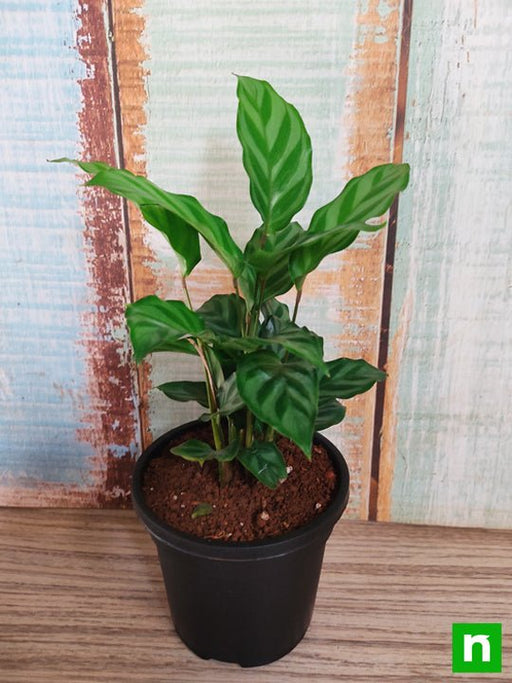
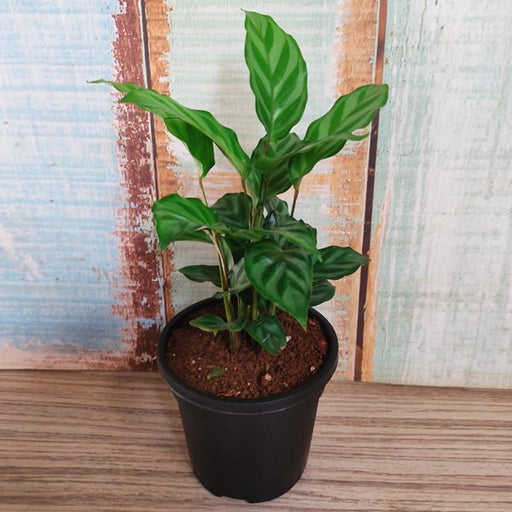 Save 14%
Save 14%
Calathea Concinna Freddie - The Stunning Rattlesnake Plant The Calathea concinna Freddie, commonly known as the Rattlesnake Plant, is a st...
View full details Save 17%
Save 17%
Calathea ornata albolineata (White Stripes) - Plant The Calathea ornata albolineata, commonly known as the White Stripes plant, is a stunn...
View full details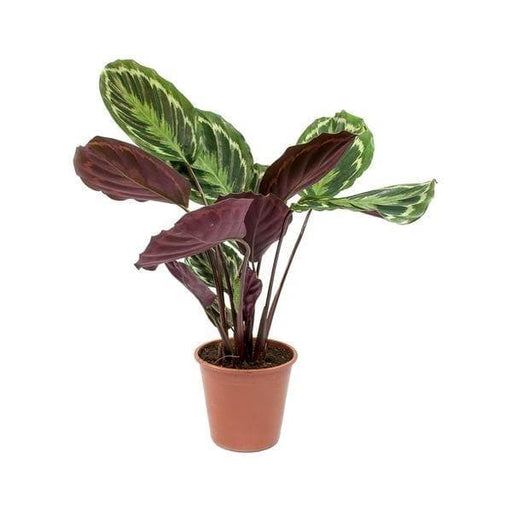 Save 18%
Save 18%
Calathea Roseopicta Medallion & Calathea Marion - Plant The Calathea roseopicta Medallion and Calathea Marion are stunning houseplants...
View full details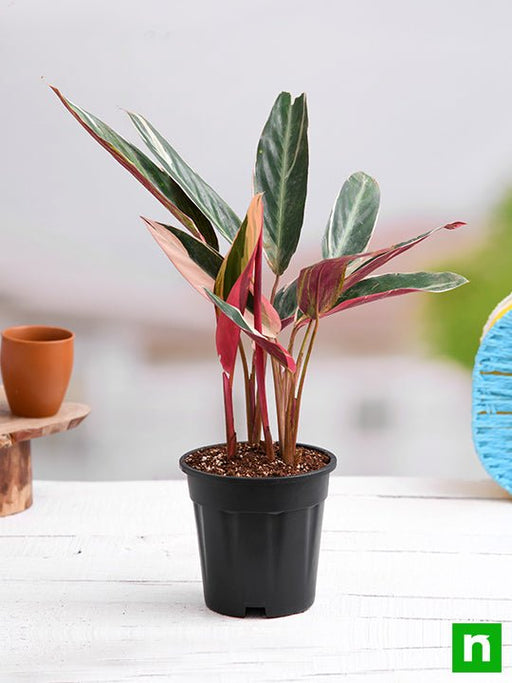
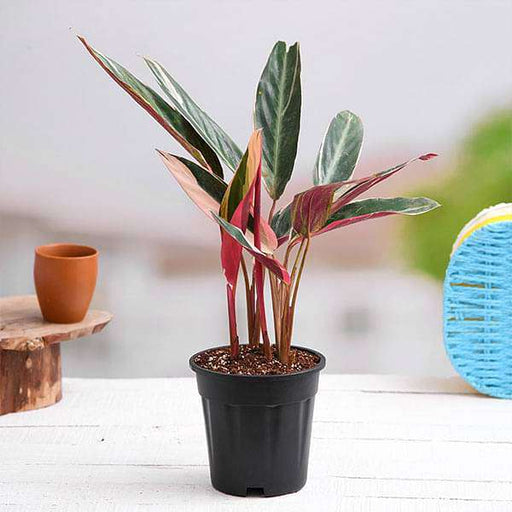 Sold out
Sold out
Stromanthe Sanguinea Triostar, Calathea Triostar - Plant The Stromanthe Sanguinea Triostar, commonly known as Calathea Triostar, is a stun...
View full details Save 15%
Save 15%
Pack of Vermicompost and Neem Cake for House Plants Transform your indoor garden with our premium Pack of Vermicompost and Neem Cake, spec...
View full details
Pack of Plant Growth and Flower Boosters Unlock the full potential of your garden with our Pack of Plant Growth and Flower Boosters! This ...
View full details Save 38%
Save 38%
Combo of Jeevamrut and Neem Raksha for Easy Growth and Protection of Houseplants Transform your indoor garden with our exclusive combo of ...
View full details Save 22%
Save 22%
Plant Nutrients Kit (Pack of 16) for a Healthy Garden Transform your garden into a lush paradise with our Plant Nutrients Kit, featuring 1...
View full details Save 16%
Save 16%
Combo of Top Plant Fertilizers Elevate your gardening game with our exclusive Combo of Top Plant Fertilizers, featuring two bags of premiu...
View full details Save 24%
Save 24%
Pack of 4 Additives to Make Soil Healthy and Nutrient Rich Transform your garden into a thriving ecosystem with our Pack of 4 Additives de...
View full details Save 30%
Save 30%
Transform your gardening experience with our premium Combo of Perlite and Vermiculite. This unique blend is designed to enhance soil aeration and ...
View full details Save 27%
Save 27%
Combo of 2 Vermicompost and Cocopeat - Enrich Your Soil Naturally! Transform your garden into a thriving ecosystem with our Combo of 2 Ver...
View full details
 Save 35%
Save 35%
Best 6 Plants for Perfect Indoor Garden Transform your living space into a lush oasis with our curated collection of the Best 6 Plants for a...
View full details
 Save up to 50%
Save up to 50%
Mini Succulent Garden Pack Transform your space with our Mini Succulent Garden Pack, featuring a delightful collection of 4 any variety beautiful s...
View full details
 Save 30%
Save 30%
5 Best Fragrant Plants Transform your garden or indoor space into a fragrant paradise with our curated selection of the 5 Best Fragrant Plants. Th...
View full details
 Save 24%
Save 24%
Set of 2 Bonsai Looking Grafted Adeniums Transform your indoor or outdoor space with our exquisite Set of 2 Bonsai Looking Grafted Adenium...
View full details Save 45%
Save 45%
Top 4 Die Hard Succulents Pack Transform your indoor or outdoor space with our Top 4 Die Hard Succulents Pack, featuring a curated selecti...
View full details
 Save 30%
Save 30%
5 Best Indoor Plants Pack Transform your living space into a lush oasis with our '5 Best Indoor Plants Pack.' This carefully curated collection fe...
View full details
 Save 25%
Save 25%
Set of 4 Evergreen Air Purifier Plant Pack Transform your indoor space into a lush, green oasis with our Set of 4 Evergreen Air Purifier Pla...
View full details| SrNo | Item Name | Qty |
|---|---|---|
| 1 | Calathea crotalifera orange rattle Plant in 6 inch (15 cm) Pot | 1 |
The Calathea Crotalifera, commonly known as the Orange Rattle, is a stunning tropical plant native to the rainforests of Central and South America. This unique plant is celebrated for its striking foliage, featuring large, elongated leaves adorned with vibrant orange and green patterns that mimic the look of rattlesnake skin. The Calathea Crotalifera not only adds a splash of color to your indoor space but also purifies the air, making it a perfect addition to any home or office.
What makes the Calathea Crotalifera truly special is its ability to thrive in low-light conditions while maintaining its vibrant colors. This plant is a favorite among indoor gardeners and plant enthusiasts for its unique aesthetic appeal and ease of care. Its captivating leaves can also move throughout the day, a phenomenon known as nyctinasty, where the leaves fold up at night and unfurl in the morning, creating a dynamic living display.
Special features of the Calathea Crotalifera include its air-purifying qualities and its non-toxic nature, making it safe for homes with pets and children. Additionally, its unique leaf patterns and colors can enhance the aesthetic of any room, providing a tropical feel even in urban settings.
If you think caring for a Calathea Crotalifera is like a walk in the park, think again! This diva of the plant world demands attention, humidity, and just the right amount of indirect sunlight. Treat her right, and she’ll reward you with those stunning orange rattle leaves that make your friends green with envy. Forget to mist her, and you might as well be sending her a one-way ticket to plant purgatory.
Who knew that a plant could be a multitasking marvel? The Calathea Crotalifera not only beautifies your space but also purifies the air, making it a true green superhero. It’s like having a personal assistant that doesn’t complain and only asks for a little water and love. Plus, its vibrant foliage can boost your mood faster than a double shot of espresso!
Ready to play plant parent? Propagating Calathea Crotalifera is like a botanical game of matchmaker. You’ll need to separate the rhizomes, and with a little patience and care, you’ll have baby rattles in no time. Just remember, this isn’t a race; it’s a slow dance.
If you think your Calathea Crotalifera can thrive in direct sunlight, you might as well be trying to fry an egg on the sidewalk. This plant prefers bright, indirect light, like a diva who only wants the best ambiance. Too much sun, and you’ll be left with crispy leaves that scream, “Help!”
Watering your Calathea Crotalifera is an art form. Too little, and she’ll wilt like a sad flower; too much, and you’ll be hosting a root rot party. Aim for consistently moist soil, and don’t forget to use distilled or rainwater. Your plant will thank you with vibrant leaves and a happy dance.
If you live in a desert, your Calathea Crotalifera might just pack her bags and leave. This plant thrives in high humidity, so consider investing in a humidifier or misting her regularly. Think of it as giving her a spa day—she’ll be looking fabulous in no time!
The right soil is like a cozy bed for your Calathea Crotalifera. A well-draining, rich potting mix is essential to keep her roots happy and healthy. Avoid heavy soils that retain too much moisture; you want her to feel like she’s lounging on a cloud, not drowning in quicksand.
Beware of the sneaky pests that might invade your Calathea Crotalifera’s territory! Spider mites and aphids can turn your plant paradise into a nightmare. Regularly inspect your plant and keep her clean to ensure she doesn’t become a buffet for these uninvited guests.
Your Calathea Crotalifera is a bit of a temperature snob. She prefers a cozy range between 65°F and 80°F. Anything colder, and she’ll start shivering; anything hotter, and she’ll be throwing a tantrum. Keep her in a stable environment, and she’ll flourish like the star she is.
Good news for pet owners! The Calathea Crotalifera is non-toxic to cats and dogs, making it a safe addition to your home. You can let your furry friends roam freely without worrying about them munching on your precious plant. It’s a win-win situation!
While the Calathea Crotalifera is a showstopper on its own, there are other Calathea varieties that might catch your eye. From the striking Calathea Medallion to the whimsical Calathea Orbifolia, each has its own charm. Collect them all, and you’ll have a botanical family reunion!
Calathea crotalifera orange rattle is a tropical plant known for its striking orange and green foliage. It’s like a party for your eyes, with leaves that dance in the light. This beauty thrives in humidity, making it a perfect addition to your indoor jungle. Just don’t forget to give it a little love and water!
Caring for this diva is simple! Keep it in bright, indirect light and maintain humidity levels above 50%. Water it when the top inch of soil feels dry, but don’t drown it! Think of it as a delicate dance partner—too much or too little can lead to a misstep.
This plant prefers a well-draining potting mix that retains some moisture. A blend of peat, perlite, and orchid bark works wonders. It’s like giving your plant a cozy bed that’s not too soggy. Remember, happy roots make for a happy plant!
Water your Calathea when the top inch of soil feels dry, usually every 1-2 weeks. But don’t set your watch—check the soil! Overwatering can lead to root rot, and nobody wants that drama. Think of it as a relationship: a little attention goes a long way!
Yes, this plant loves a good meal! Feed it with a balanced liquid fertilizer every 4-6 weeks during the growing season. Just remember, too much fertilizer can be like too much cake—great in moderation, but a recipe for disaster if overdone!
This tropical gem thrives in temperatures between 65°F and 80°F (18°C to 27°C). It’s not a fan of cold drafts or sudden temperature changes, so keep it cozy. Think of it as your high-maintenance friend who prefers the perfect climate!
While it can survive in low light, it won’t thrive. Think of it as a sunbather who’s stuck in the shade—grumpy and not looking its best. For vibrant foliage, provide bright, indirect light. Your plant will thank you with a dazzling display!
Good news for pet parents! Calathea crotalifera orange rattle is non-toxic to cats and dogs. So, let your furry friends roam free without fear of a botanical disaster. Just keep an eye on them; curiosity can lead to some unexpected plant shenanigans!
Propagation is a breeze! Divide the plant during repotting, ensuring each section has roots. Plant them in separate pots with fresh soil, and voilà! You’ve got new plant pals. Just give them some TLC, and they’ll grow up to be just as fabulous!
Keep an eye out for spider mites, aphids, and mealybugs. These little pests can be sneaky! If you spot them, wipe the leaves with a damp cloth or use insecticidal soap. Think of it as a plant spa day—clean and refreshed!
Curling leaves can signal a few issues: low humidity, underwatering, or too much direct sunlight. It’s like your plant’s way of saying, “Help me!” Increase humidity, adjust watering, and find that sweet spot of indirect light. Your plant will perk up in no time!